As winter approaches, gardeners in Zone 2 face the challenge of maintaining a productive garden amidst harsh weather conditions.
This article aims to guide you through the process of selecting the most resilient and bountiful winter vegetables suitable for this specific zone.
We will provide a comprehensive list of these vegetables as well as tips to overcome the challenges.
With careful planning and the right choices, you can enjoy a fresh and healthy harvest throughout the winter season.
Let's delve into the details and make the most out of your winter gardening in Zone 2.
Selecting the Best Winter Vegetables for Zone 2
In the extremely cold and harsh winters of Zone 2, characterized by frequent snowstorms and temperatures below -40°F, choosing cold-resistant plants is key for successful gardening.
This area, one of the coldest USDA Hardiness Zones, has a short growing season from late May to early September.
It's crucial to focus on frost-tolerant vegetables and be mindful of the area's frost dates.
Here are some cold-hardy vegetables and herbs that thrive in this region to help you create a bountiful winter harvest!
Leafy Greens
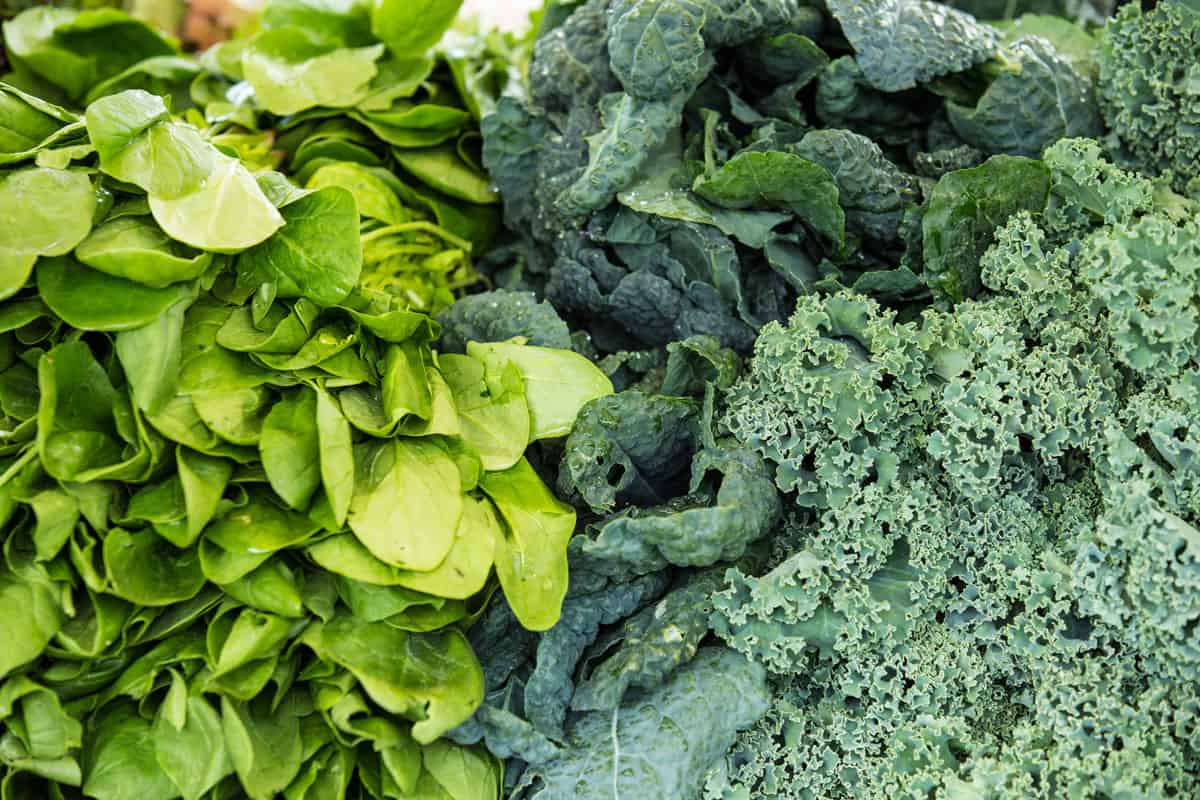
Cold-hardy leafy greens are perfect for Zone 2 gardening, as they can tolerate frost and even taste better when exposed to chilly temperatures.
These include:
- Kale: A superstar in the winter garden that can handle frost and snow.
- Spinach: It survives low temperatures and can be harvested multiple times.
- Swiss chard: With excellent frost tolerance, it provides fresh greens all winter long.
- Lettuce: Choose cold-tolerant varieties like winter density, arctic king, and valdor.
- Collard greens: They can survive freezing temperatures, making them ideal for Zone 2 gardens.
Root Vegetables
Root vegetables are another excellent choice for cold weather, as they can be left underground during the winter.

These vegetables include:
- Carrots: Not only tasty, but they can also sweeten with frost exposure.
- Beets: Can be stored in the ground and harvested as needed.
- Turnips & parsnips: Cold enhances their flavor and sweetness.
- Radishes: Fast-growing and frost-tolerant, ideal for winter gardening in Zone 2.
Brassica Family
Brassica vegetables are known for their resistance to the cold. Some great options for Zone 2 gardens are:
- Broccoli: Cold-tolerant varieties like purple sprouting or winter jewel can handle low temperatures.
- Cabbage: Choose hardy varieties such as January king, Brunswick, and Savoy types.
- Brussels sprouts: Plant early for a winter harvest, as they take longer to mature.
- Kohlrabi: Choose fast-growing varieties for a successful winter harvest.
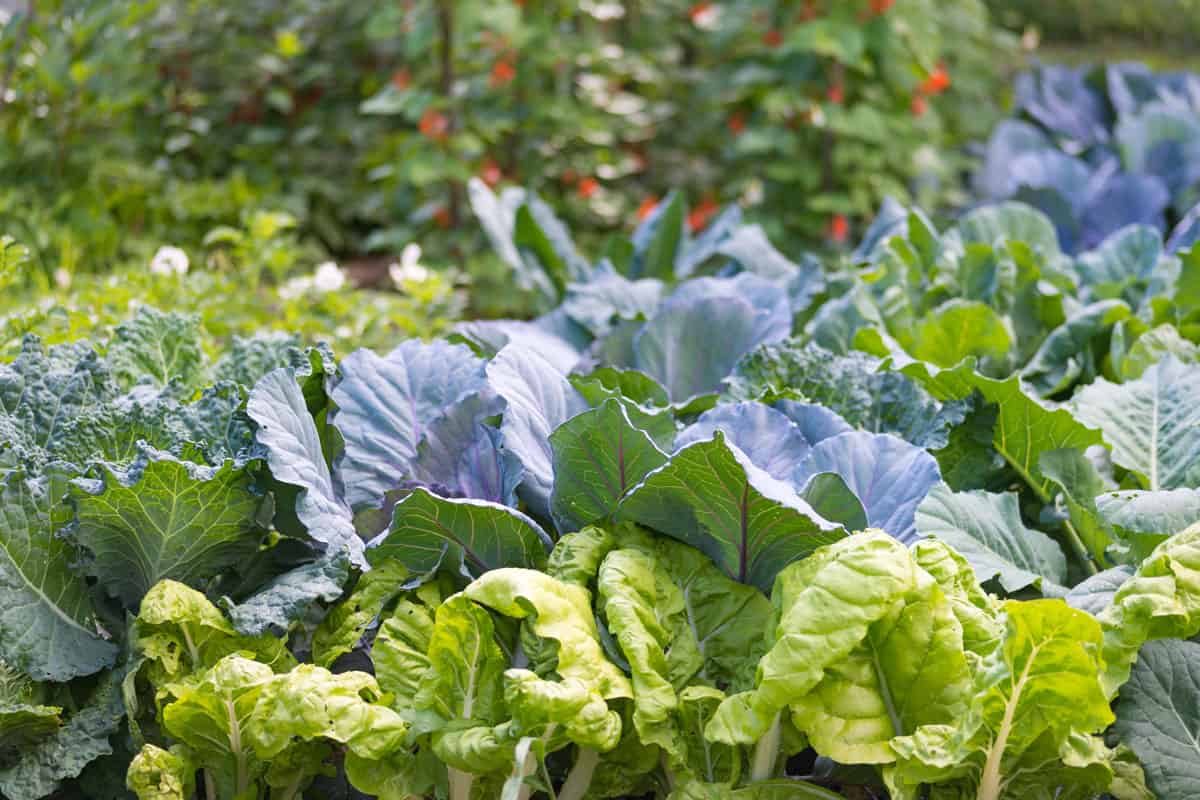
Other Cold-Hardy Vegetables and Herbs
There are more options to make your garden diverse and nutritious in Zone 2. Consider:
- Leeks: They can be harvested from the ground throughout winter.
- Onions: Specially scallions, are frost-tolerant and can be harvested young.
- Rutabaga: This root vegetable thrives in cold conditions.
- Celery: Self-blanching varieties are cold-hardy and add great flavor to winter dishes.
- Arugula: It's fast-growing, frost-tolerant, and delicious in winter salads.
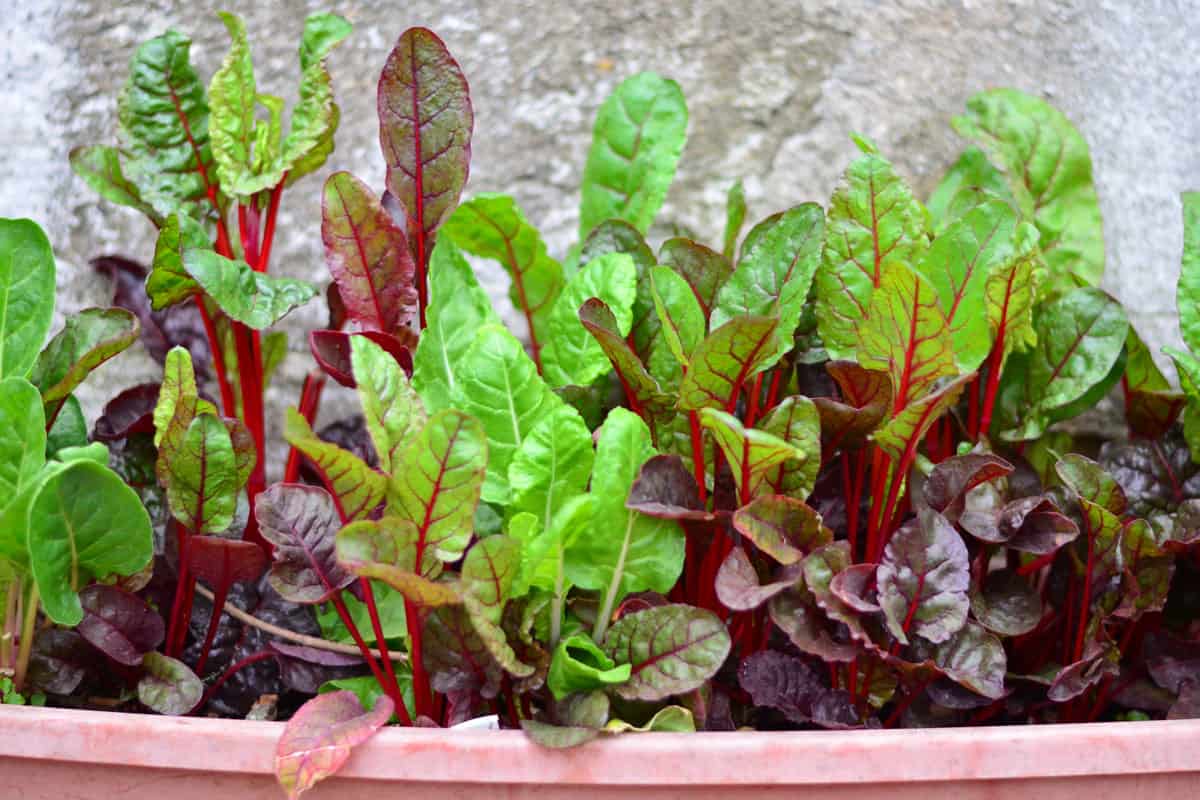
In addition to vegetables, cold-hardy herbs such as parsley, sage, and thyme are excellent for Zone 2 gardens.
Incorporate these herbs into your winter garden for flavor-packed dishes all season long.
Techniques for Overcoming Zone 2 Challenges
Growing vegetables in Zone 2 can be challenging due to the harsh climate and short growing season.
However, there are techniques that can be used to overcome these obstacles and produce a successful harvest even during the winter months. These include:
Using Frost Protection Options
To protect your crops from frost and freezing temperatures, consider implementing the following:
Cold Frames
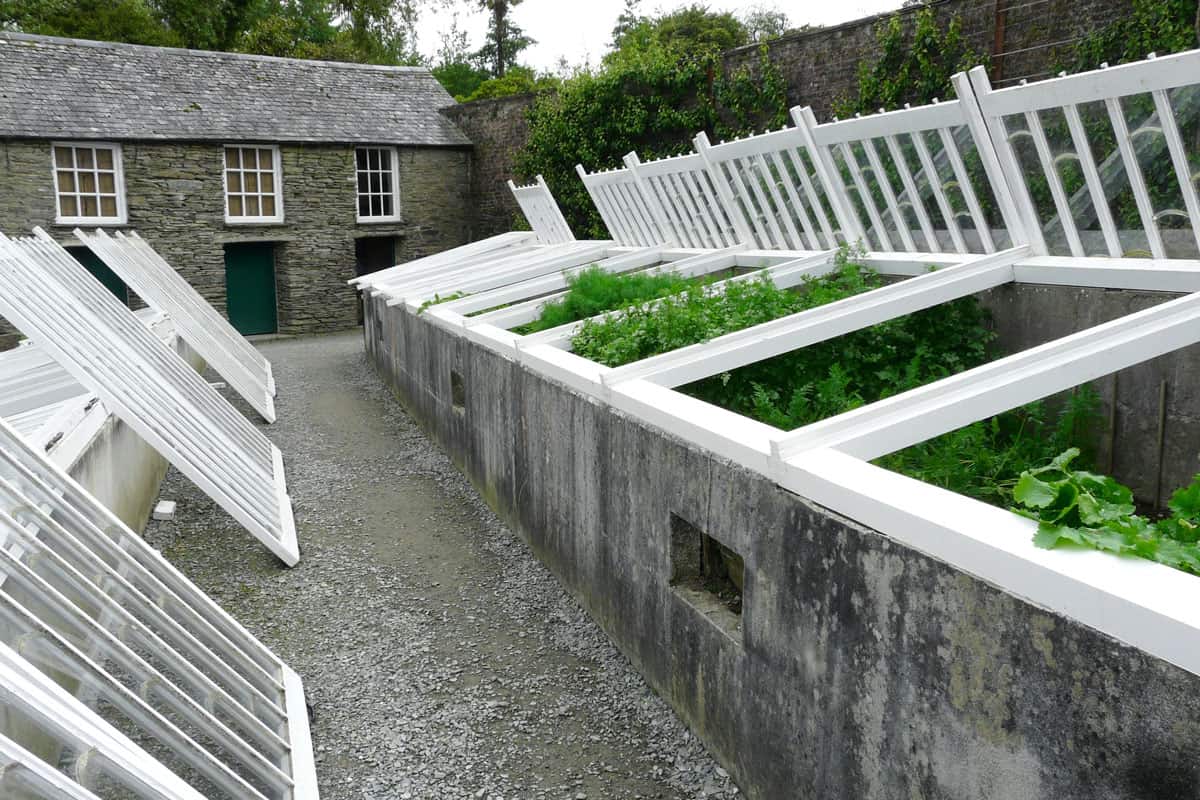
An excellent option for northern gardeners, cold frames are essentially miniature greenhouses that conserve heat during the day and insulate plants at night.
Floating Row Covers
These lightweight blankets provide protection from frost and can be applied directly over your plants.
Click here to see this floating row cover on Amazon.
Mulching
Use organic mulching materials like straw or leaves to keep the soil warm and retain moisture around the roots of your plants.
Click here to see this straw mulch on Amazon.
Each of these methods can help maintain a milder climate, ensuring the survival of your winter crops.
Timing and Planning Your Winter Garden
Proper timing is crucial to the success of your winter garden.
Start by determining your area's average frost dates and work with cool-season vegetables that are well-suited for Zone 2's cold weather.
Here are some useful tips:
Winter Sowing
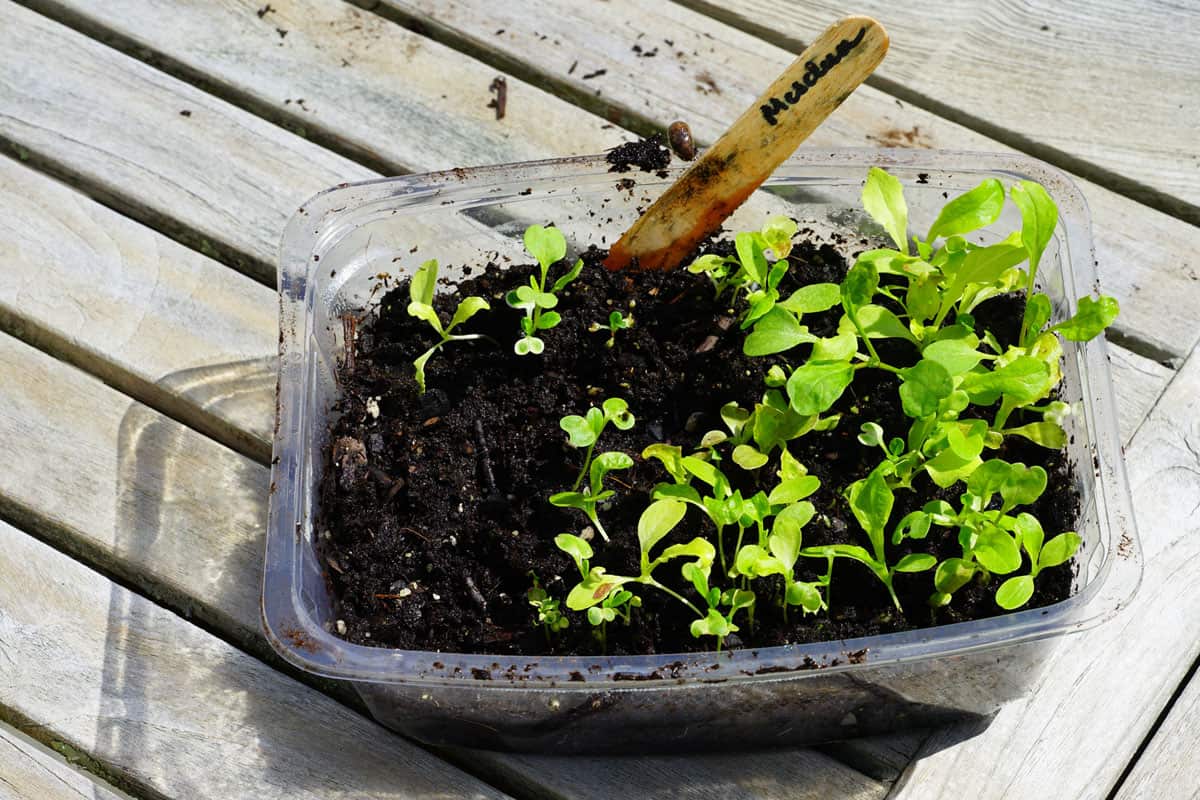
Some seeds can be sown directly in the garden during the late fall or early winter, allowing them to germinate when temperatures are ideal.
Transplanting
Start seeds indoors and transplant them into your garden after the danger of frost has passed.
Planning ahead allows you to effectively utilize the short growing season and enjoy fresh vegetables through the winter months.
Extending the Growing Season with Greenhouses and Low Tunnels
Investing in a greenhouse or low tunnel can greatly extend your growing season in Zone 2.
These structures protect your crops from harsh weather conditions and provide necessary warmth:
Greenhouses
Although often more expensive, greenhouses offer a controlled environment that can be utilized year-round.
Click here to see this greenhouse on Amazon.
Low Tunnels
These are less costly alternatives to greenhouses, consisting of metal or PVC frames covered with plastic sheeting.
Click here to see this low tunnel on Amazon.
Both options can significantly increase your chances of a successful winter garden by providing an environment that is conducive to plant growth.
Embracing the Winter Garden
Even in the cold winter months with shorter days, gardeners in Zone 2 can still maintain a productive garden.
By selecting frost-resistant vegetables, the winter garden can provide fresh and nutritious produce.
The key to successful winter gardening in Zone 2 is to overcome the challenges of freezing temperatures and a limited growing season.
Gardening is not only about the harvest but also about the satisfaction of nurturing growth and overcoming challenges.
So embrace the winter garden and let your passion for gardening continue to flourish.
Before you go, be sure to take a look at these posts:
A Detailed Guide to 13 USDA Plant Hardiness Zones—Zone In On Your Garden




